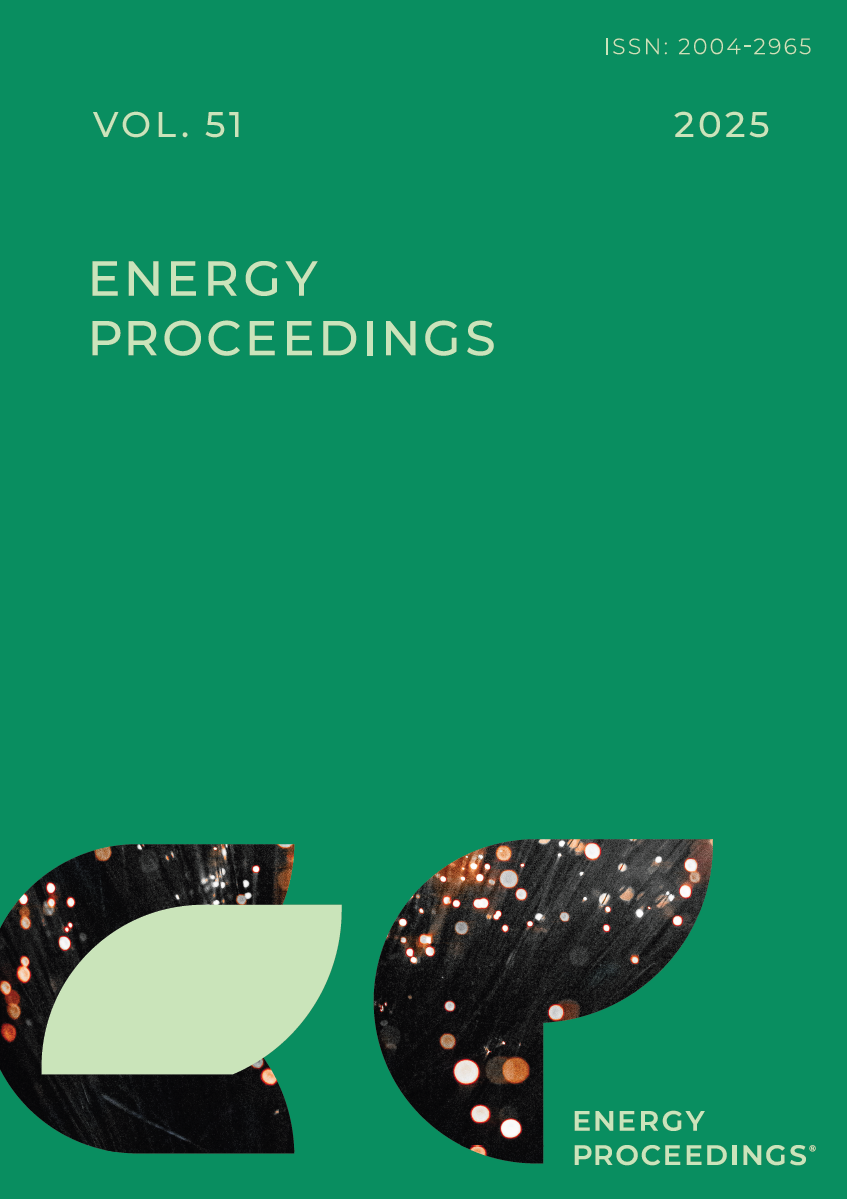
Volume 51
ISSN 2004-2965
Transient Behavior of a Two-phase-closed Geothermal Thermosyphon
Tareen, M. S. K., Badache, M., & Sasmito, A. P.
Download PDF
Article Preview
A Novel Power Generation Model for Bifacial Photovoltaic Modules Based on Parallel Equivalent Circuits
Qiangzhi Zhang, Jinqing Peng, Yimo Luo
Download PDF
Article Preview
Optimal Electricity Procurement Plan for Charging Service Providers
Gang Yu, Xianming Ye, Bo Wang
Download PDF
Article Preview
Production Prediction and Optimization Combination in Multilayer Commingled CBM System in Eastern Yunnan and Western Guizhou
Anna Dai, Zhiming Wang, Tianhao Huang, Xianlu Cai
Download PDF
Article Preview
Assessment of Sport Area Electricity System Using a Resilience Energy System Framework
Kasuni Guruvita, Eva Thorin, Anders Avelin, Fredrik Wallin
Download PDF
Article Preview
Impact of the Offshore Wind Development Plans in the North Sea on the Decarbonization of the European Energy System
Dimitri Pinel, Dana Reulein, Christian Andresen
Download PDF
Article Preview
Adoption of PV+EV Integration for Deep Decarbonization in Bali, Indonesia
Ratu Keni Atika, Takuro Kobashi
Download PDF
Article Preview
Techno-Economic Assessment of the impact of CO2 Emissions Constraints on the Design of Hydrogen Production Systems
Juan C. González Palencia, Aya Ichikawa, Yuto Ogura, Kazuki Yanaoka, Mikiya Araki
Download PDF
Article Preview
Experimental Study on Frost Characteristics of Variable Pitch Finned-Tube Heat Exchangers
Sihan Hao, Zhao Yang, Jie Li
Download PDF
Article Preview
Identifications of key thermodynamic parameters for Carnot battery based on SHAP model
Yunfei Zhang, Jian Li, Mingzhe Yu, Xu Chen, Danyang Liu, Jun Shen
Download PDF
Article Preview

Copyright ©
Energy Proceedings

